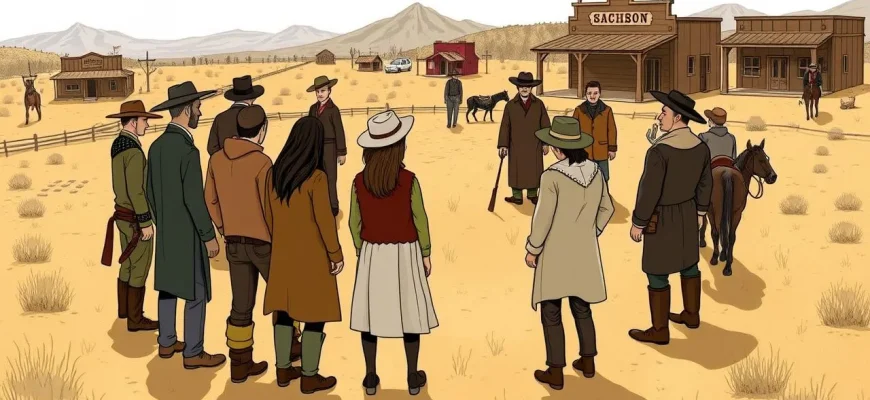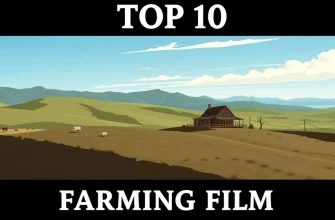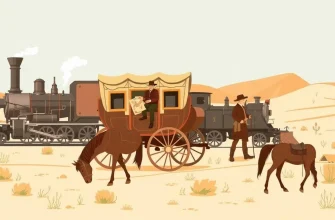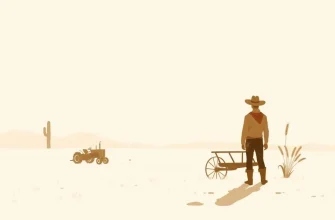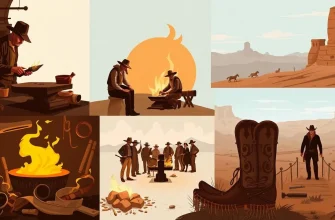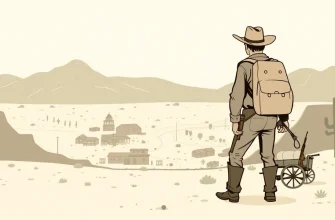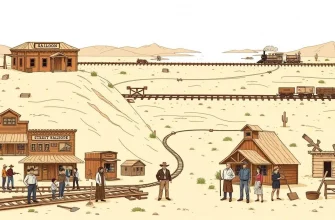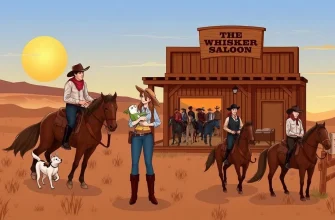In the vast landscapes of the Wild West, neighbors can be both your greatest allies and your fiercest rivals. This curated list of 10 Western films delves into the complex relationships between neighbors, showcasing tales of rivalry, friendship, and the harsh realities of frontier life. Whether it's a dispute over land, a shared enemy, or a simple misunderstanding, these films explore the dynamics that can make or break the peace in the untamed territories. Get ready for a cinematic journey through the dusty trails and saloon showdowns where neighbors play a pivotal role.
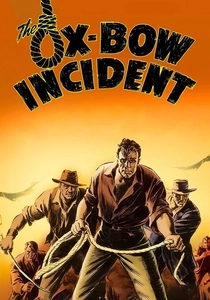
The Ox-Bow Incident (1943)
Description: Set in a small town, this film explores the consequences of mob justice when a group of neighbors form a posse to hunt down suspected cattle rustlers, leading to tragic misunderstandings.
Fact: The film was based on a novel by Walter Van Tilburg Clark and was one of the first Westerns to deal with themes of vigilantism and justice.
 Watch Now
Watch Now 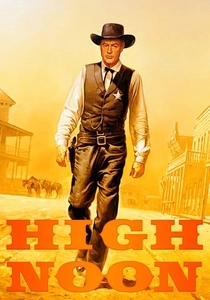
High Noon (1952)
Description: Marshal Will Kane must face a gang of killers alone when his neighbors refuse to help, showcasing the theme of community and individual responsibility.
Fact: The film was shot in real-time, with the entire story unfolding in the span of 85 minutes, the length of the film.
 Watch Now
Watch Now 
Shane (1953)
Description: A mysterious gunfighter, Shane, comes to the aid of a homesteader family against their ruthless neighbor, leading to a climactic showdown.
Fact: The film was nominated for six Academy Awards, including Best Picture, and is often cited for its influence on the Western genre.
 Watch Now
Watch Now 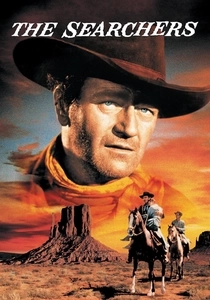
The Searchers (1956)
Description: Ethan Edwards, a Civil War veteran, embarks on a quest to rescue his niece from Comanche kidnappers, with his neighbor Martin Pawley by his side, highlighting the complexities of neighborly bonds.
Fact: The film is widely regarded as one of the greatest Westerns ever made and has influenced numerous filmmakers.
 Watch Now
Watch Now 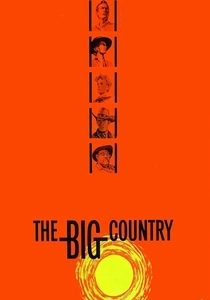
The Big Country (1958)
Description: This epic Western features a retired sea captain who arrives in the West to marry his fiancée, only to find himself caught in a feud between two neighboring families over water rights.
Fact: The film was nominated for two Academy Awards, including Best Director for William Wyler. The score by Jerome Moross became iconic, often used in Western-themed media.
 Watch Now
Watch Now 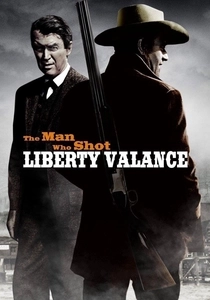
The Man Who Shot Liberty Valance (1962)
Description: A senator returns to the town where he became famous for killing the notorious outlaw Liberty Valance, revealing the truth behind the legend and the role his neighbor played in it.
Fact: This film is often considered one of John Ford's greatest Westerns, with a famous line, "When the legend becomes fact, print the legend."
 Watch Now
Watch Now 
The Ballad of Cable Hogue (1970)
Description: After being left for dead by his partners, Cable Hogue finds water in the desert and builds a way station, dealing with neighbors who are both friends and foes.
Fact: This was one of Sam Peckinpah's more light-hearted films, known for its blend of comedy and Western elements.
 Watch Now
Watch Now 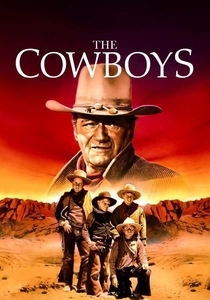
The Cowboys (1972)
Description: When his ranch hands leave to join a gold rush, a rancher hires schoolboys to drive his cattle, leading to conflicts with neighboring ranchers and outlaws.
Fact: John Wayne, who played the rancher, was initially reluctant to take on the role due to its unconventional premise.
 Watch Now
Watch Now 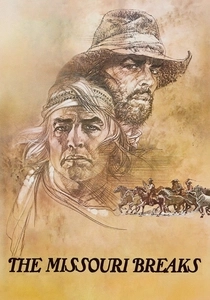
The Missouri Breaks (1976)
Description: A tale of two neighbors, one a cattle rustler and the other a hired gun, whose paths cross in a deadly game of cat and mouse.
Fact: This film marked the only collaboration between Marlon Brando and Jack Nicholson, both delivering memorable performances.
 Watch Now
Watch Now 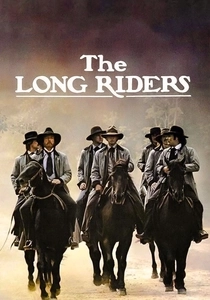
The Long Riders (1980)
Description: This film tells the story of the James-Younger Gang, focusing on the relationships between the outlaws and their neighbors, both allies and adversaries.
Fact: The film uniquely cast real-life brothers to play the brothers in the gang, adding authenticity to the family dynamics.
 Watch Now
Watch Now 
